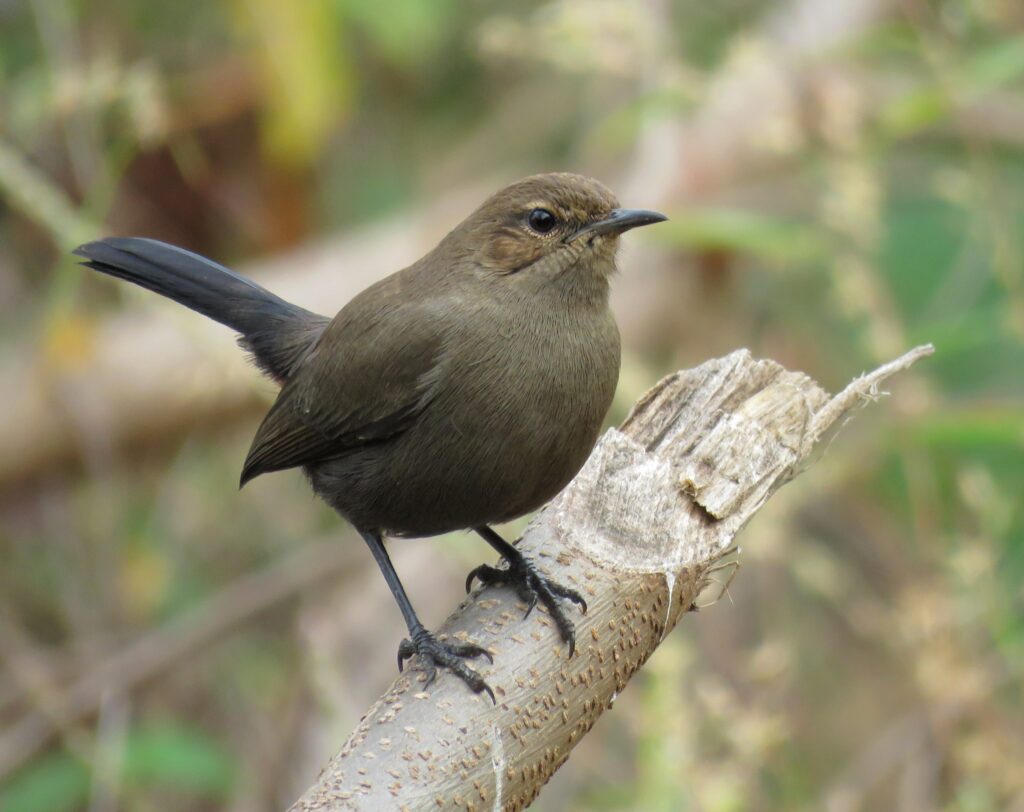Beyond Academics
Art
Housed in a beautifully designed Art Complex, the Art Faculty provides a richly creative ambience for learning a wide variety of Arts and Craftwork. Children grow in their aesthetic sensibilities through learning Sketching, Painting, Batik, Tie and Dye, Pottery, Clay work and Weaving. In addition, workshops are held in Bamboo craft, Puppetry, Glass painting, Mask making, Sculpture, Madhubani painting, and so on.
Music
Besides singing the chants and songs from Geet Gunjan in the morning assemblies, all students from classes 4 to 8 receive formal training in classical music. Weekend hobby classes in vocal Hindustani music, Tabla, Piano, Guitar and Sitar are offered to interested students. The program for music also includes two or more concerts in vocal and instrumental classical Indian and western music as well as an informal musical evening each term.
Dance
All students of classes 4 to 8 attend dance classes in either Indian or Western folk dance. Formal training in some classical Indian dance forms is offered in evening hobby classes to interested students. For seniors an evening of Western folk dance is organized during the weekends.
Excursions
Excursions at Sahyadri School extend education beyond the classroom. Students and teachers have visited numerous places around Sahyadri as well as distant places and find the experience of living and traveling together a rich opportunity for learning and in becoming familiar with environmental issues, with our historical heritage,important cultural centers and exposure to modern living aspects. Annual Summer treks to higher reaches of Himalayan ranges provide great learning and insightful experiences for students
Tinker Shed
The Tinker Shed is a unique space in Sahyadri School for addressing the needs of the community through real-life design challenges and projects where students and adults come together to share interests, ideas, materials and learn new hands-on skills. This aids in developing design thinking, application of mathematical abilities and scientific temperament. Areas related to art,history,construction,geography and EVS have also been covered in tinker shed activities.
Campus Natural Farming
Sahyadri School put a great focus on helping children connect with nature through what we call ‘Hands-in-soil’ education. Getting the children to touch the soil teaches them the essential skill to source their food, puts them in a position to challenge systems that encourage dependency on markets, understand the rich skill sets of rural communities as well as their systematic oppression. Natural farming is one of the many ways to create an unbreakable bond with nature. The idea is to have children learn to work with the earth by involving themselves in land-care projects. One such initiative on campus aptly named Paripoorna Mandala, a circular plot is exclusively developed, implemented and is maintained by students along with a few teachers, meant to cater to a small farming family or community. Presently this mandala has about 40 different varieties of vegetables, herbs and fruits. Additionally students from almost all classes (4th to 9th and 11th) participate in the farm activities such as land preparation, sowing, watering, mulching, jeevamrut application, tending and harvesting at least on a weekly basis either as part of their classes or during respective games time and during the weekends.
Campus Bio Diversity
The biodiversity on campus is quite vibrant as one takes a walk on the campus. It is interesting to note that the diversity exists at different levels of habitat, seasonality, species, natural and planted. As part of EVS and Science Curriculum, outdoor exploration is integral to the learning processes about the biodiversity on the campus through the year. Children take up studies on trees, wild monsoon herbs, cultivated crops, insects and other wild animals in their micro-habitats.The Sahyadri School Nature Club is an open space for children to join and learn about the biodiversity found on the campus in different seasons. Over the years, this has been a space of exploration and study of mainly, birds, insects, other arthropods, fungus and incidental sighting of other animals. In addition to identifying the species, it also provides an opportunity to learn about the behaviour, habitat, different associations between plants and animals, within animals and observe the population trend closely. It has been noticed that the variety of birds and the number of certain species has certainly been on a rise.
K Study Groups
Krishnamurti’s teaching is subtle and does not fit into any established category. It is not a teaching defined by lists of norms and dictums, which are to be followed to the letter, item by item. It is primarily a teaching about oneself, about the understanding of oneself. Krishnamurti emphasised all through his life the importance of serious people enquiring together in small groups, and helping each other to see their own limitations and barriers.
This is what we attempt to do in the study group meetings. During the term, we divide the teacher body into three groups, and each group meets on one particular day of the week, typically in the first period of the day, just after the assembly. The meetings last for a little less than an hour. At times we screen a Krishnamurti video, or we read aloud from some Krishnamurti text. Most often, we take up questions posed by the participants and discuss them amongst ourselves.





















